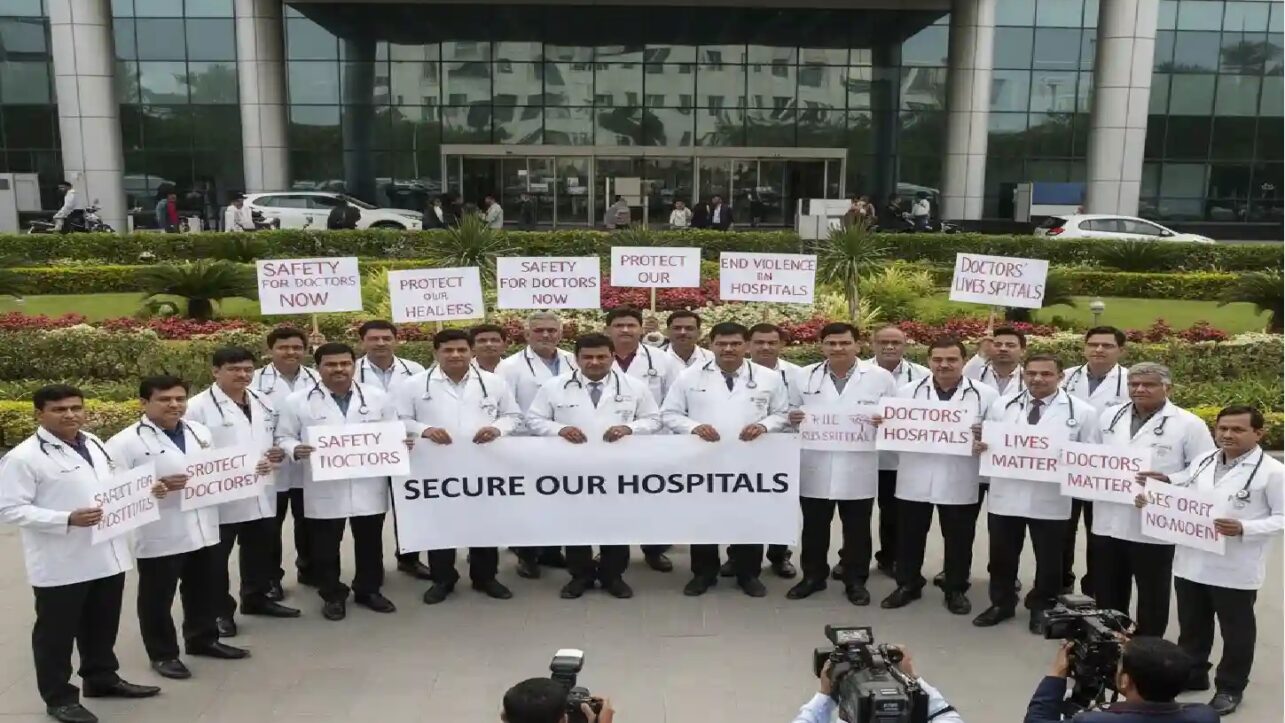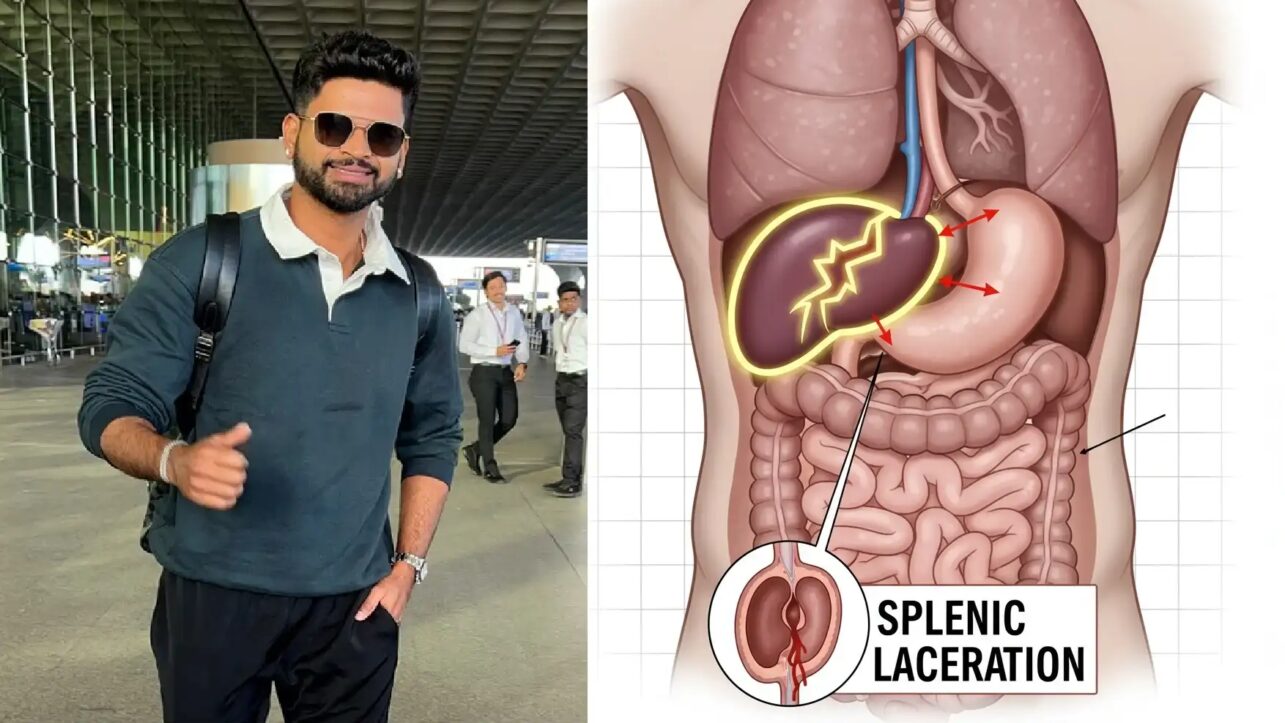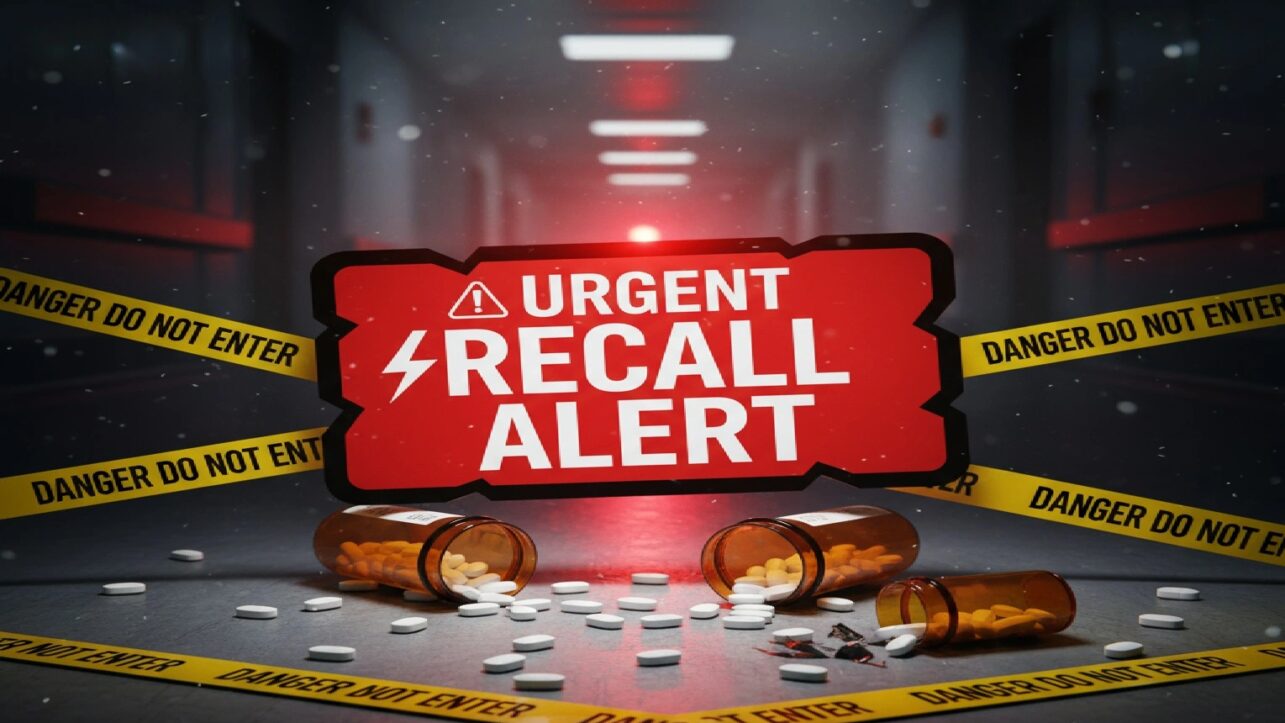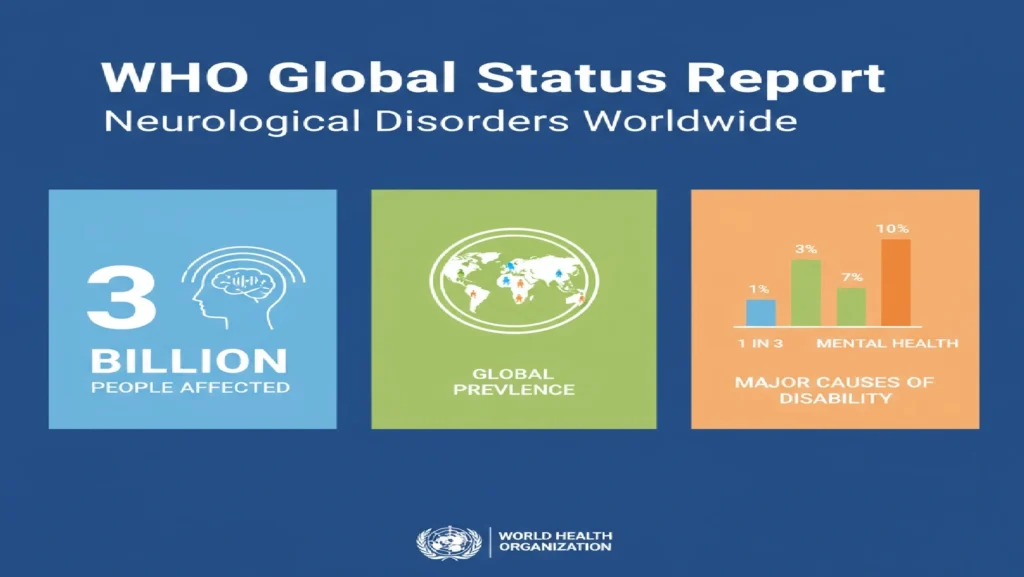A clear takeaway: Beyond the Tylenol–autism debate, JD Vance’s simple advice—“follow your doctor”—is the quiet shift that may keep policy practical and prevent panic in India’s paracetamol market.
What was widely reported
Indian coverage highlighted President Trump’s claim linking Tylenol (paracetamol) use in pregnancy to autism and amplified strong pushback from clinicians and scientists who stressed that association is not causation and warned against undertreating fever in pregnancy. Reports reiterated that paracetamol remains appropriate when clinically indicated, under medical guidance and urged against panic buying or unsafe substitutions. International science explainers echoed this, emphasizing that existing studies show mixed associations with limits, not proof of causality, and recommended the lowest effective dose for the shortest time when needed. Coverage also referenced U.S. briefings about possible label language shifts and mentions of autism therapy ideas, while advising readers to stick to clinician advice rather than headlines.
What didn’t get attention
Vice President JD Vance’s “follow your doctor” line marks a softer, Doctor-first stance compared with the President’s broad discouragement, signaling a likely middle path in U.S. policy: use when necessary, guided by clinicians rather than blanket warnings. Health-policy roundups show more senior Republicans and medical voices converging on clinician-led discretion, suggesting federal messaging may moderate instead of imposing categorical advisories that are hard to implement in practice. For India, this nuance matters: a doctor-first U.S. signal can limit global spillover effects—reducing unsafe switches to other antipyretics during viral fever and dengue seasons.
The U.S. policy context
A White House communication framed “mounting evidence” and flagged acetaminophen-in-pregnancy risks along with autism treatment initiatives, but critics note the science remains inconclusive and caution against racing ahead of evidence. Fact-checks and international agency statements emphasize that current data do not prove causation; paracetamol remains acceptable in pregnancy when clinically needed, at the lowest effective dose, under clinician supervision.
Why this matters in India
- Paracetamol is first-line for fever and pain, including in pregnancy when indicated; abrupt hardline rhetoric can trigger harmful shifts to less-safe drugs or fuel demand shocks.
- If U.S. guidance settles on Vance’s : “Follow your doctor”-led framing, it lowers the risk of global overreaction and helps preserve India’s standard obstetric practice during high-demand seasons.
- Centering doctor-led decisions aligns with Indian expert messaging and international science updates, keeping care steady while research continues.
- Distinguishing evidence-based autism care from speculative treatment claims referenced in U.S. briefings to avoids therapy creep and confusion for families.
A practical path is emerging: keep paracetamol available in pregnancy when clinically needed, but anchor every decision in clinician guidance rather than headlines or blanket rules. This aligns with the strongest evidence reviews and international regulators, and JD Vance’s “follow your doctor” stance points U.S. messaging toward that middle ground—helping India avoid panic, unsafe substitutions, and supply shocks while the science continues to be evaluated.





















